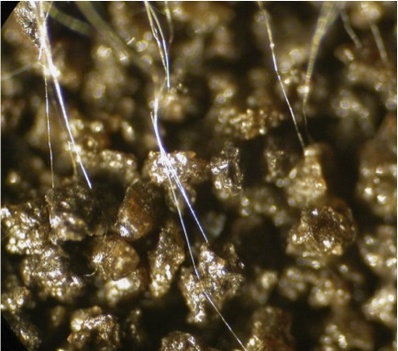Microbe Collection : Mountaineers — worldwide in extreme environments
The critical role of biological weathering in shaping high altitude landscapes.
|
The Project Microorganisms are unique colonizers of Earth’s boundaries, such as mountain top surfaces, where they are primary actors in the biogeochemical cycles of nutrients. Together with climatic forces they contribute substantially to the overall function of the mountain landscape, with effects far reaching in the wider biosphere. Measuring how microbial ecosystems interact with primary bedrock at these sites is important for both, the mechanistic understanding of initial phases of element cycling, and their response to environmental changes. An example of rock-microbe interaction is displayed in Fig. 1. |
|
How will this data be used?
The overall goal of this research is to quantify the bio-transformation of primary bedrock in the upper limits of the mountain biome. Knowledge of this process is likely to reveal vital clues about the evolution of microbes-rock interaction in these environments. Secondly, this activity equally allows explorers, scientists and society gain unique insights into the functioning of such remote places, which will ultimately help in their conservation efforts. |
How Can You Participate?
For this project bedrock will be sampled from several mountain ranges across different latitudes. Small-size rock samples, of about 50g each, will be collected from exposed bedrock on elevation gradient (ideally at sites 200 m altitude apart) during descent phases of expeditions. A total of 3-5 rock samples will be collected at each altitude and will represent a sampling site. To allow comparative analysis on elevation gradient, same rock type is sought in each expedition. Samples will be taken in plastic bags with minimum amount of soil and shipped to our laboratory for further analyses. Local landscape and weather condition will be recorded in the field, together with sampling site geographical coordinates. |

